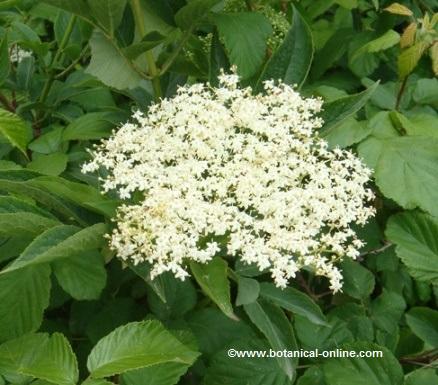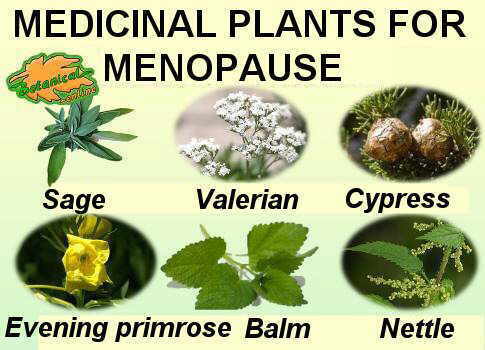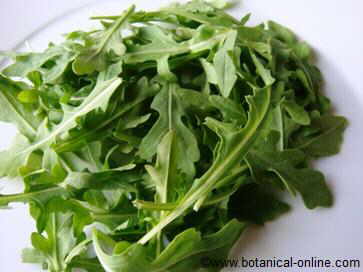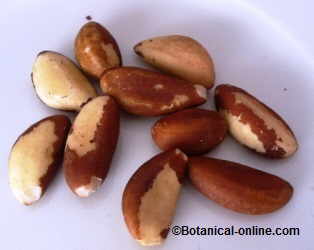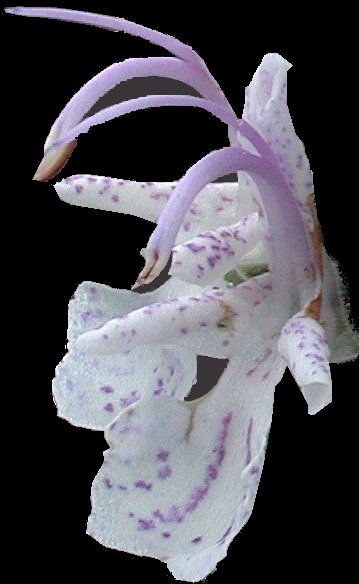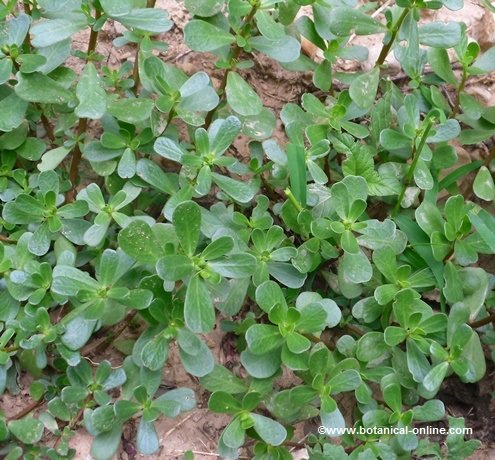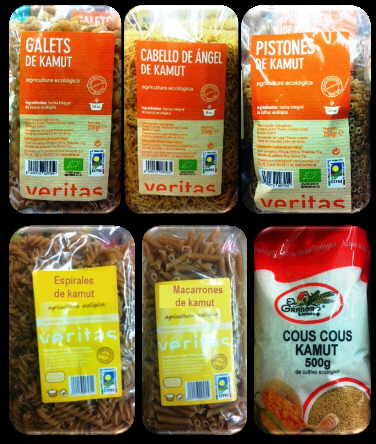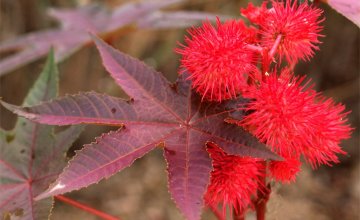Contents
How to differentiate the real saffron from an adulterated one?
What is adulterated saffron?
The adulteration of saffron is a counterfeit of the saffron spice.
Saffron is a very expensive and rare ingredient, in which many counterfeiters have seen a safe deal.
The consumer who does not know saffron, can hardly distinguish its authenticity.
In the following article we inform you of the types of adulteration, and simple techniques to try to distinguish the authentic saffron.
Types of adulterations of saffron
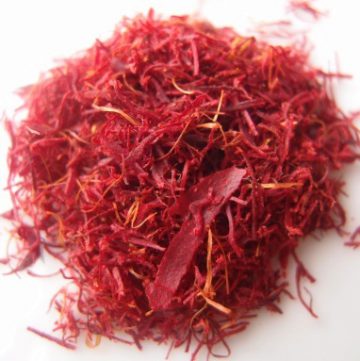
- Other parts of the saffron plant: regulations dictate that these parts must not exceed 0.6% of the product. However, in some cases it has exceeded 40%. With the addition of waste, a higher product weight is achieved, and therefore, a higher profit margin.
- Mixture with old saffron: characterized by white threads.
- Adding fat or oil: to achieve greater product weight. It stands out for the bright color of the spice.
- Excess moisture: it is used to achieve a greater weight of the product.
- Adulterations with minerals: in some cases, adulterations with lead or other minerals have been described, to increase the weight of the species. We can distinguish this adulteration when we mix the spice with water. If it contains heavy minerals, the strand will slowly sink to the bottom of the glass.
- Adulterations with other plants: the petals or stigmas of the flowers of other plants are cut and dried, similar to the stigmas or threads of saffron. They are then mixed with real saffron, or sold directly as if it were saffron….
Some of the plants that are commonly used are: safflower stigmas, poppy petals, cardamom petals and arnica petals.
It is characterized because it has no coloring power.
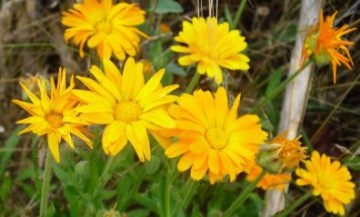
- Adding colorants: food coloring is added to saffron, or flower mixtures, to increase its weight or to provide coloring properties to those plants that do not have it. The most used is usually tartrazine. It is distinguished because it dyes instantly, unlike saffron, which takes a while to release all its color.
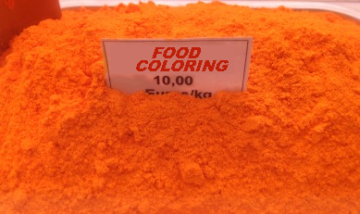
How to distinguish the authentic saffron?
- Real saffron “floats” on the water. On the other hand, if it has been adulterated with minerals, it will slowly sink to the bottom of the vessel.
- Saffron takes a long time to color the food and turns it a deep yellow. Adulterated saffron is not coloring, or it dyes instantly (when it has been adulterated with coloring).
- Because of the smell. If they are fake strands, the smell is not pleasant, or is non-existent.
- By the label. The best guarantee of the product is a correct labeling, in which the name of the product, the quality, quantity, batch number, producer and origin is stated. Likewise, there are also fakes on the labeling, so the establishment we buy from must be trusted.
Dangers of adulterated saffron
Adulterated saffron has been around since ancient times, as has the use of the spice. It is said that the King of England, Henry VIII (1491-1547), who was a devotee of the aroma of saffron, imposed various rules to save saffron. Among them, he prohibited court women from dyeing their hair with saffron, and imposed death sentences on those who adulterated it.
- Saffron is consumed in low quantities and infrequently. Saffron adulterations are difficult to poison you, as they are generally non-toxic except when heavy metals are added.
- The main problem with this type of illegal practice is that it damages the image of authentic saffron producers.
- Currently, adulterating saffron is penalized by law.
![]() More information on saffron
More information on saffron

